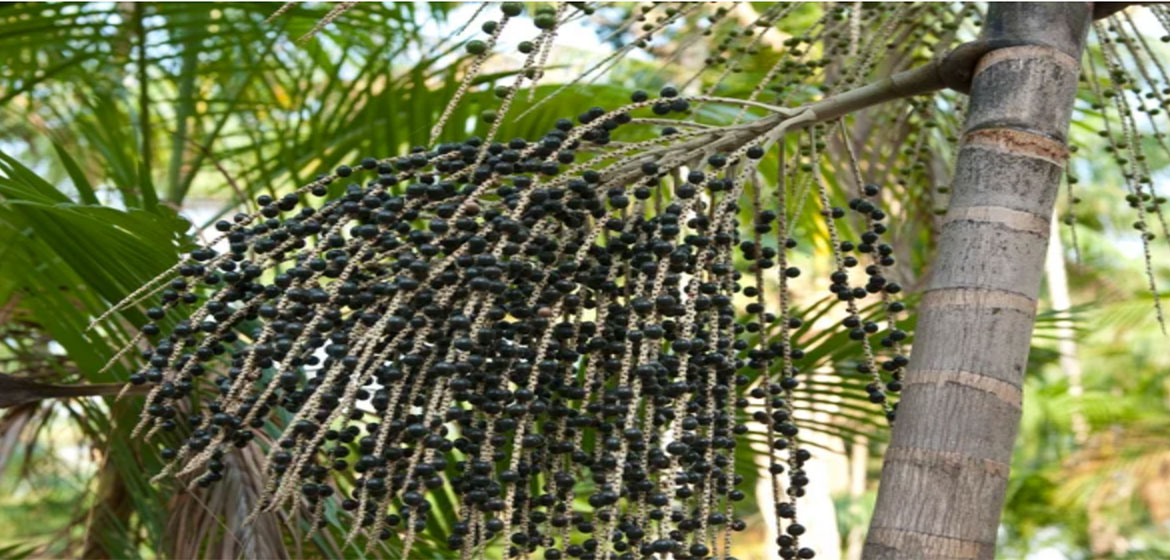Thousands of products can be sustainably harvested from the forest, and indigenous peoples are crucial in helping us find them
By Carlos Nobre
The Amazon is burning. Physically, the world has seen more deforestation and in Brazil’s portion of the Amazon this year than at any other point in nearly a decade. But figuratively, a conflagration over economic development in the region blazes even more fiercely.
In Brazil alone, the rain forest is more than 42 million acres smaller today than it was in 2010. Each acre lost brings us closer to a tipping point that would have catastrophic consequences: the release of 80 billion to 100 billion tons of carbon dioxide into the atmosphere and the extinction of tens of thousands of species. Left unchecked for the next 20 to 40 years, the destructive forces that are eating away at the world’s greatest rain forest could put the Amazon on course to become . The effects will ripple through the global climate.
Yet instead of moving to stop this calamity, economic interests continue to demand more from this treasured resource. The fires are connected to in which the rain forest has been destroyed for farming and ranching. And the policies of Brazilian president Jair Bolsonaro, the man charged with protecting most of the Amazon, have accelerated its destruction. Since his presidential term began in January, an area has been leveled—and the season of greatest deforestation and fires is only halfway through.
Brazil’s neighbor Bolivia is led by Evo Morales, a politician at the opposite end of the ideological spectrum from Bolsonaro. And yet Bolivia also allows soy and cattle farms to push farther into the forest, and the Amazon burns there as well.
This threat has been seen everywhere. Five years after dozens of governments and companies endorsed the New York Declaration on Forests at the 2014 United Nations Climate Summit, the annual rate of tree cover loss around the world has increased by 43 percent. Much of the conflict over the Amazon and the other great forests hinges on the false impression that we must choose between protecting the forests and developing them for economic benefit.
But this thinking fails to acknowledge that their largest economic potential lies not in replacing them with agriculture, mining and timber but in harnessing their superb biological assets. Forests can be much more profitable when left intact than when destroyed to make way for cattle or soybean farms. And this finding is based on profits gained from only one product: the .
Thousands of products can be sustainably harvested from the Amazon, and the secrets of these biological riches are held by the people who have lived on and managed these lands for generations: indigenous peoples and local communities. They have long led the way in conserving the region, and their forests have , , and .
The knowledge of forest peoples—passed down orally from generation to generation—reveals valuable information on how plants and animals can benefit human health. Indigenous women in particular often see themselves as “guardians of seeds,” creating a vast socio-biodiversity and conserving genetically diverse seeds and plants that can help protect valuable crops against drought and emerging pathogens.
Yet these great stewards of the Amazon and its precious resources are increasingly at risk. “” policies encourage violence against indigenous peoples and local communities. Historically a leader in demarcating indigenous lands, Brazil now—under the current administration—threatens to strip away those protections and encourages illegal mining and logging.
Science is increasingly aligned with indigenous and local communities. The Intergovernmental Panel on Climate Change’s recent adds to a growing body of evidence that their traditional knowledge is a vital tool in this struggle and that respecting their land rights ensures the protection of the forests, resources and biodiversity that serve as a buffer against the climate crisis.
If, by contrast, we continue to destroy the Amazon in the name of development, we will pass the tipping point, and the resulting changes in rain, weather patterns and temperature will bring a much hotter environment—which will disrupt Brazil’s agricultural sector. We need to stop transforming the Amazon, or we will be on an irreversible course to runaway climate change and economic ruin.
One way to resist such destructive economic forces and build support for indigenous peoples and local communities may lie in a “fourth industrial revolution,” one that ensures the rain forest is both protected and profitable. In Brazil, scientists have begun to work closely with indigenous peoples and local communities to build economies based on their knowledge and the biodiversity of the Amazon, allowing all to capitalize on products that offer far greater benefits than the short-term uses that come from destroying the forests.
As scientists, we try to analyze and comprehend the vast biodiversity of the Amazon from the outside. Indigenous peoples and local communities understand it from the inside. Their knowledge is contextual and inseparably tied to the land on which they now live and have lived for generations. It survives only when their rights to these lands are recognized and protected.
Indigenous and local communities have been extending a hand to scientists for years. With the Amazon at ever greater risk, it is time for us to grasp it and bridge the gap between science and traditional knowledge. Together, we can create a profitable and protected Amazon.
A new industrial revolution may be just the thing that saves this rain forest, which is so crucially important for the planet. But we won’t succeed without the forest peoples who have kept it standing all these years. Protecting the forests can enhance economic development; conservation should not have to eat away at growth.
Source:
Related to SDG 13: Climate action



